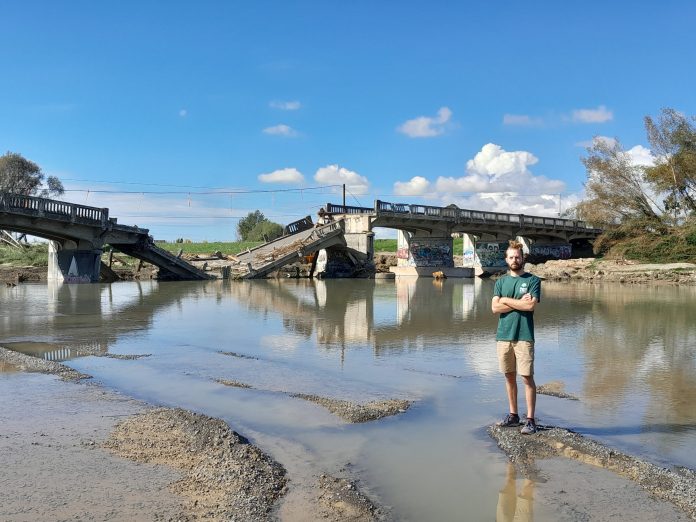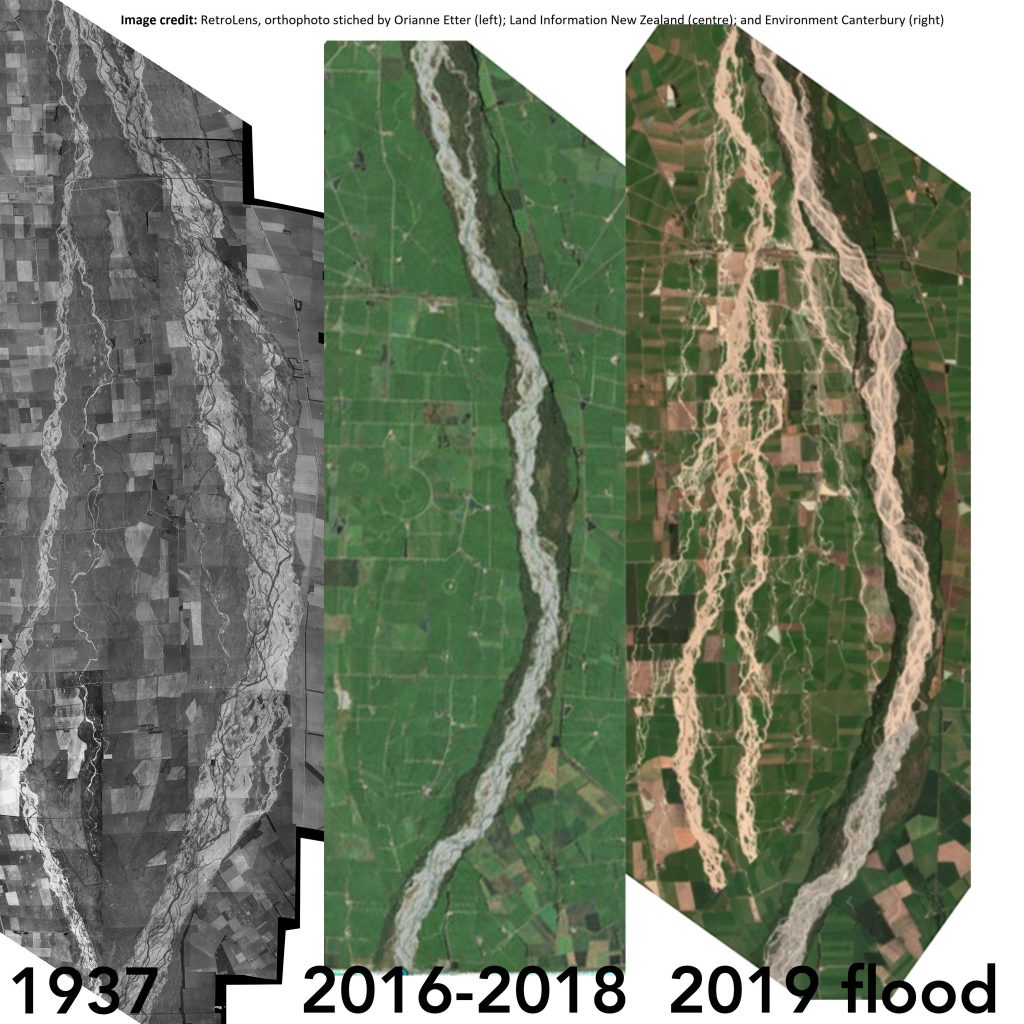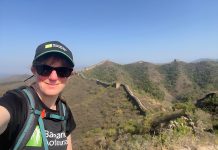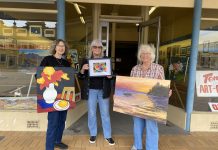
Forest & Bird freshwater advocate Tom Kay is urging people to have an honest conversation about rivers and where they might flow.
Mr Kay spoke in Timaru last week at a ‘‘Making Room for Rivers’’ presentation.
‘‘I think people were really struck by how little we’ve learnt from previous floods,’’ he said.
While history books on areas around the country had shown flooding was commonplace, ‘‘people act like it is unprecedented’’.
He said he was not telling the community to move, but to get them to understand ‘‘stopbanks squeeze the river tight’’, which was bad for fish and habitat loss, ‘‘but it is also bad for us’’.
Where rivers historically had space to dissipate, stopbanks meant when the floodwaters started to rise, these embankments increased the depth of water in the river.
Because rivers with stopbanks were straightened, the water was no longer slowed by a natural winding pattern so was able to run faster.

When water levels were elevated, a burst bank meant the floodwaters were higher and had much more energy than they would otherwise, allowing the water to travel at force at nearby buildings.
He hoped the conversation about rivers would show residents it was not necessarily the council’s fault for not fixing stopbanks, but the stopbank itself which was causing the problem.
Simply fixing it and walking away was not going to fix the overall issue.
He said while some farmers knew how to deal with risk, there was a portion of society who felt it should never flood, as they had been given a false sense of security from stopbanks.
That false sense of security had them building homes and communities right up to the edges of rivers.
‘‘We need to rethink how we live near flood plains.’’




